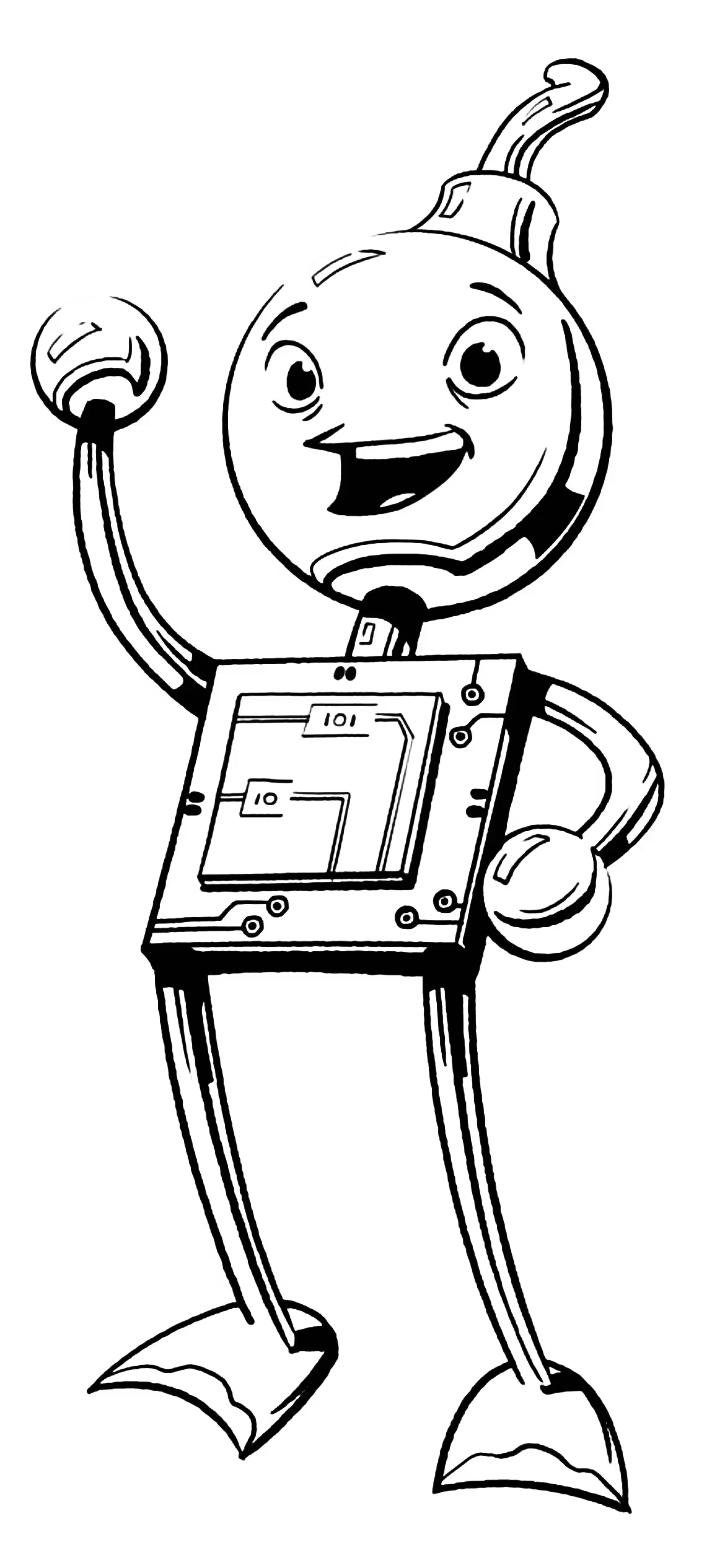Joining forces in challenging times: smarter research, better results
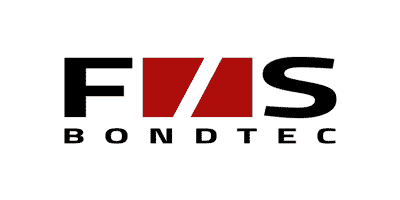
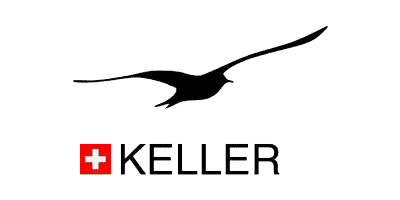
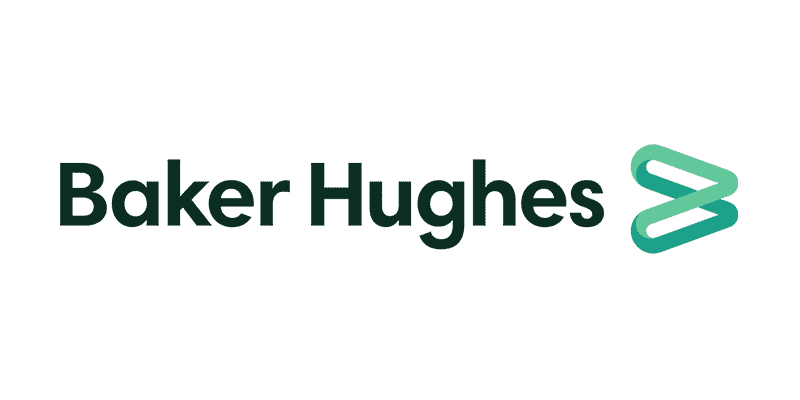
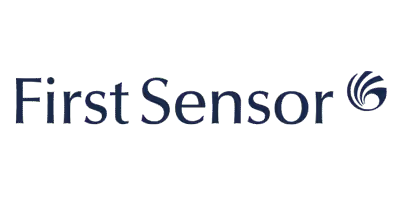
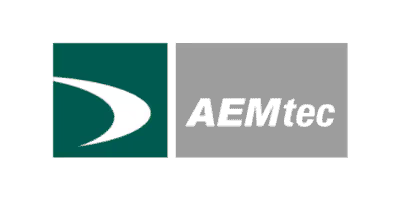
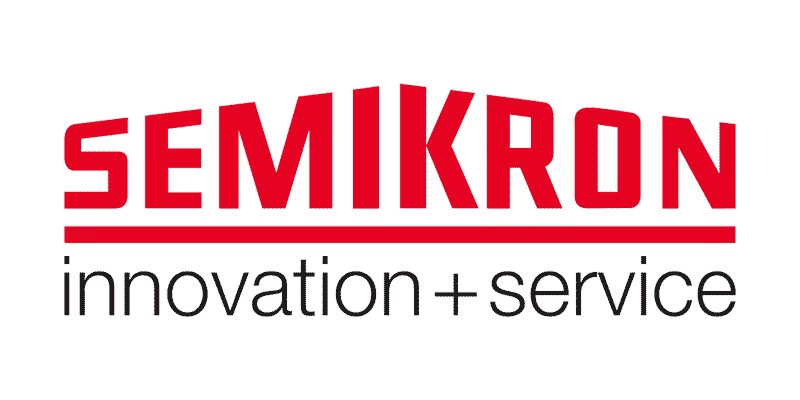
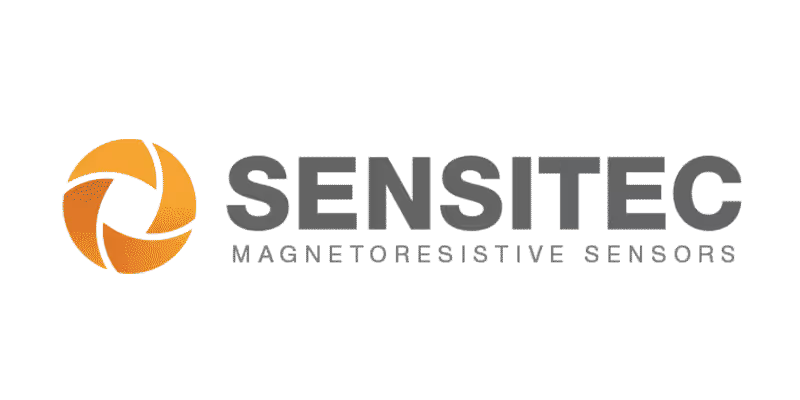
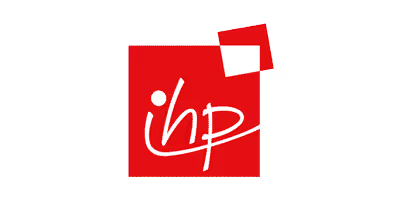
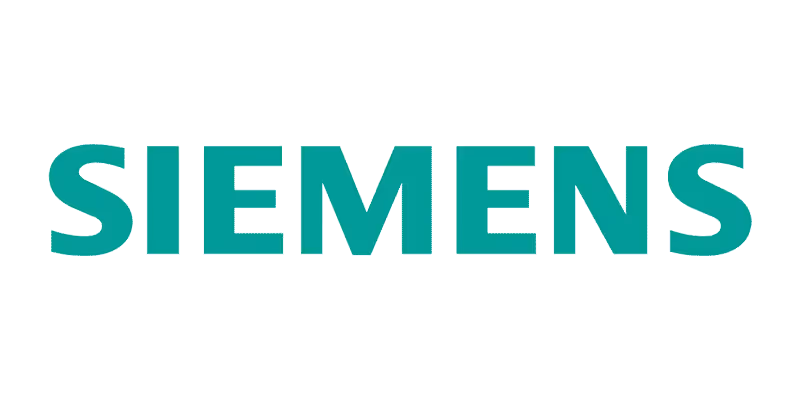
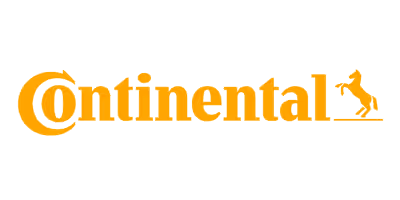
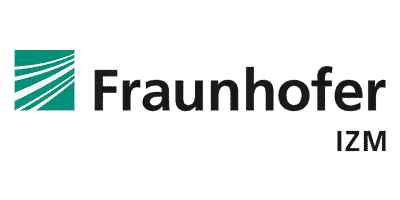
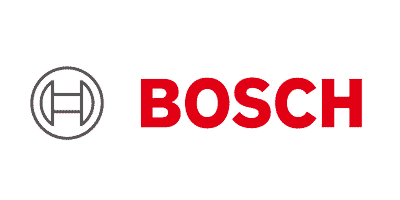

























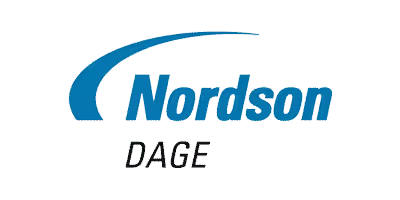
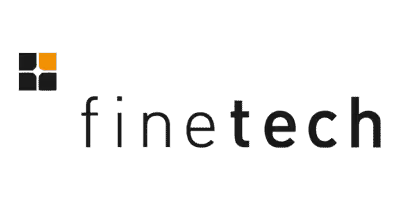
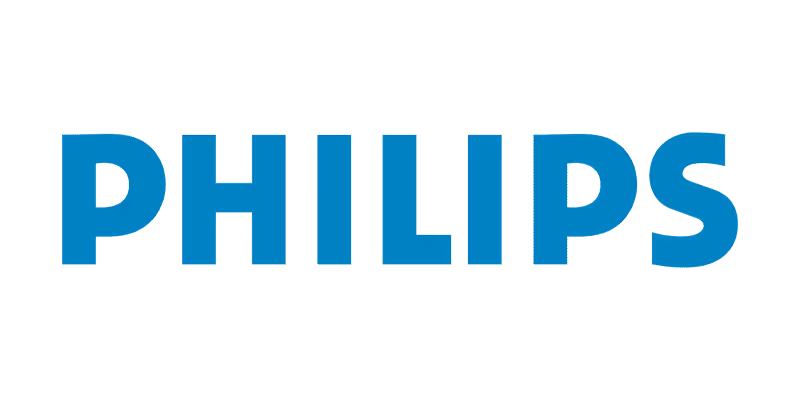
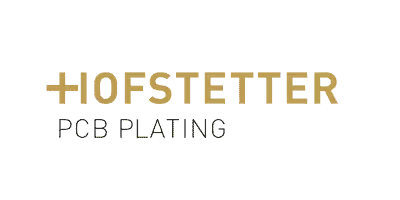
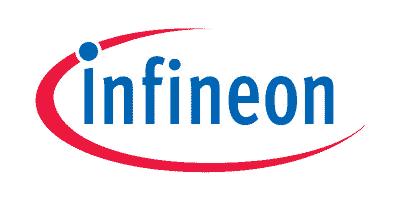
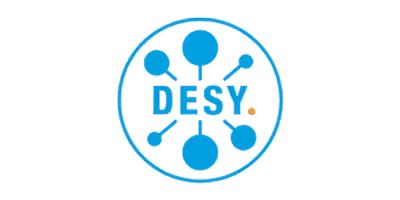
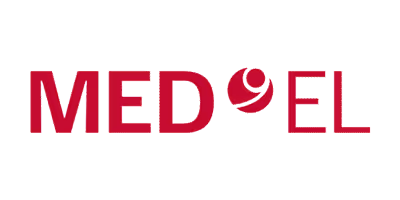
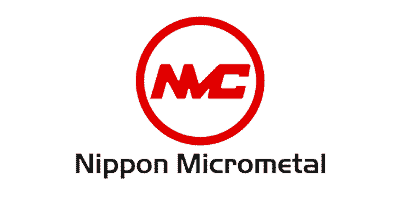
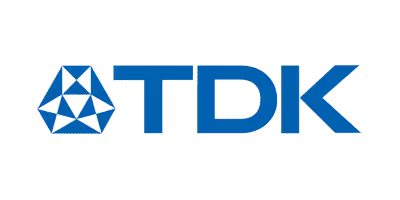
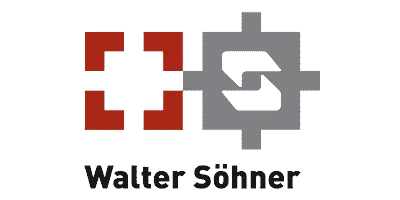
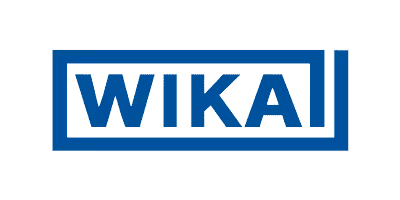

























Advancing wire bonding innovation with just a small Investment
Multi-client projects redefine industry research – bringing R&D closer to production and innovation for even established technologies like wire bonding. Fast, affordable, and team-driven: because smarter innovation happens together.

Guide to cleanliness and condition of bond surfaces

Research studies on Aluminum thin wires of different composition

Highly accelerated reliability testing of heavy wires in power modules

Definition of correct pull- and shear testing for thin and heavy wires
Join us as a project partner and gain exclusive access to the latest insights, collaborative innovation and industry-leading expertise on specific wire bonding topics. Partnering with us means staying one step ahead of the daily challenges of wire bonding, leveraging shared resources and achieving impactful results.

Insights from our project partners
Here’s feedback from some of the companies involved in the project, highlighting their experiences and the value they’ve gained through our collaboration.

It was our first multi-client project, but certainly not the last. The topics were not only chosen to be solution- and practice-oriented, but also worked through in a well-founded and analytical manner. During the project, we were kept up to date and informed with data via online meetings. The results were always comprehensibly and commendably documented and visualized.
Was it worth it? Definitely! If we had carried out all the tests in-house, the costs would have been many times higher. In addition, we would have lacked various special equipment.
— Michael Schenk
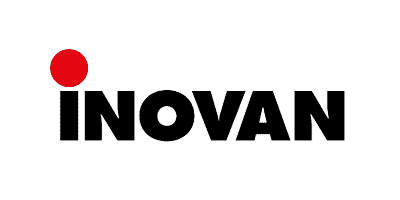
The topics promised at the beginning of the project were worked out excellently. The focus was always on good communication with the participants. The cooperation and the flow of information in the project are very good. In addition, participants can express their own insights and wishes, which leads to an individual continuation of the project and the associated planning. Results and findings are meticulously documented and openly discussed. All in all, a great project with great benefits for all participants.
— Patrick Assfahl

What is a multi-client project and how does it work?
In a multi-client project, multiple companies (partners) collaborate by contributing financially to achieve a clearly defined goal. In addition to the financial fee, each partner determines their level of involvement, whether by providing materials, personnel, or other resources (often it is just the financial fee to participate in the project).
Many companies encounter similar challenges in their optimization efforts. Instead of tackling these issues independently and investing significant resources, the multi-client model offers a smarter, leaner alternative – delivering impactful results with a smaller investment.
The primary aim of this collaborative approach is to generate valuable data and results from studies and experiments. These outcomes help partners refine their development and production processes effectively.
Typically, the investigations conducted in these projects do not involve strictly confidential or highly sensitive information. The topics addressed are directly relevant to daily work and production processes. In cases where confidential information or sensitive investigations are involved, a different project format – usually a bilateral project – is typically chosen.
Advantages of the multi-client concept
Discover our Multi-Client Projects

Bond surface quality is critical for reliable wire bonding over millions of contacts. Detecting, analyzing, and correcting surface defects in a timely manner ensures strong bonds and minimizes failures. This standard provides guidelines for defining and evaluating bond surfaces, focusing on visual criteria such as topography, appearance, and cleanliness, as well as targets for effective cleaning processes.

The QUALSi project addresses key issues surrounding AlSi1 thin wires, an area that has seen some relevant changes in recent years - from new materials and suppliers to shifts in production locations. This project explores the impact of AlSi1 material selection on your current processes and new product developments, providing clarity on critical issues such as corrosion resistance, bonding behavior, differences between wire manufacturers, batch variation and material lifespan.

The revision of the DVS-2811 standard (first published in 1996) was conducted in collaboration with 26 industry partners between 2015-2016. This revised version has been officially available in English and German since February 2017. Activities are now underway to further update it.
The current version is available at the following link: https://www.dinmedia.de/en/technical-rule/dvs-2811/268116042

The SpeedCycle project focused on evaluating a new testing method, BAMFIT (Bondtec Accelerated Mechanical Fatigue Interconnect Testing), as an alternative to the traditional shear test for heavy wire bonds. This innovative process has the potential to significantly reduce the time and cost of developing and qualifying power modules. The objectives of the project were to validate BAMFIT for heavy wire bonds (125-500 µm), establish its correlation with bond quality and shear test results over different surfaces and wire materials, and develop a guideline for its use.
Frequently Asked Questions
No, you don’t need to provide employees, materials, or machines for a typical multi-client project. Your role is to finance the project and receive the results. Even if you don’t have time to actively participate, you can still access all the results. This includes video recordings of project meetings and detailed information about the parts of a multi-client-project you’re involved in.
Getting more involved has many benefits—not just for the project but also for you. For example:
You can use results and data from samples you provide to draw your own conclusions.
You can directly compare your data with others to gain insights and improve your processes.
It’s a great way to build expertise and provide hands-on training for your team.
Have a great idea you want to see included in a multi-client-project? By actively participating, you can increase the chances that your idea will become part of the project, adding value for everyone involved.
Access to a shared project folder with access control
Regular project meetings per Microsoft teams (approx. every 8 weeks)
When feasible and useful to improve project results: Live meetings at intervals of about 6 months
Provision of all project webmeetings as video recordings (e.g. for the follow-up of a meeting, as backup in case of non-participation due to conflicting appointments or illness, staff turnover or change of responsible persons)
Protocols with meeting summaries including all presentations shown
Microsoft Teams is required for the online meetings. The software can be used on Windows or Mac as well as on a smartphone or laptop. It can also be used in a browser without installing the program or if your company's IT guidelines are restricted.
Yes, because the goals are ambitious and at the beginning of a project it is not possible to clearly predict how many partners will participate and when. We will adjust the project goals if necessary, but you can expect that 80-90% of the original plan will be implemented.
Each company or location can send 1-2 project managers. For companies with multiple locations, we've made special arrangements to allow each location to send its own project managers.
If this applies to you, please contact us in advance to clarify the details to ensure balanced technical discussions during the project. This will help avoid any misunderstandings or dissatisfaction.
In a German-speaking group of participants at a meeting, we speak German. As soon as international partners are present at a meeting, we communicate in English. All written documentation is in English.
(We also carry out projects with German participation only. This will be communicated in advance.)
No, you cannot fully withdraw from a multi-client project once it has started, and any funding you’ve already paid cannot be refunded. However, you can stop contributing additional resources, such as materials or measurement time, at any point if needed.
What agreements are made regarding intellectual property (IP)?
The results of a multi-client project are intended to support process improvement, standardization, or method development. To achieve this, sharing results is essential.
Each partner decides what information to share and how it will be shared. While it is possible for partners to keep their own results private, doing so may limit the success of the project.
If needed, you can request that the project coordinator keep specific results or information confidential.
No, a special cooperation agreement is not planned for multi-client-project.
The invoice is sent at the start of the project, with payment terms typically set at 14 days net after invoicing.
A multi-client project begins once the required number of partners have confirmed their participation. Until the project officially starts and the invoice is issued, you can rest assured that no payments will be made without the expectation of project results or services in return.


